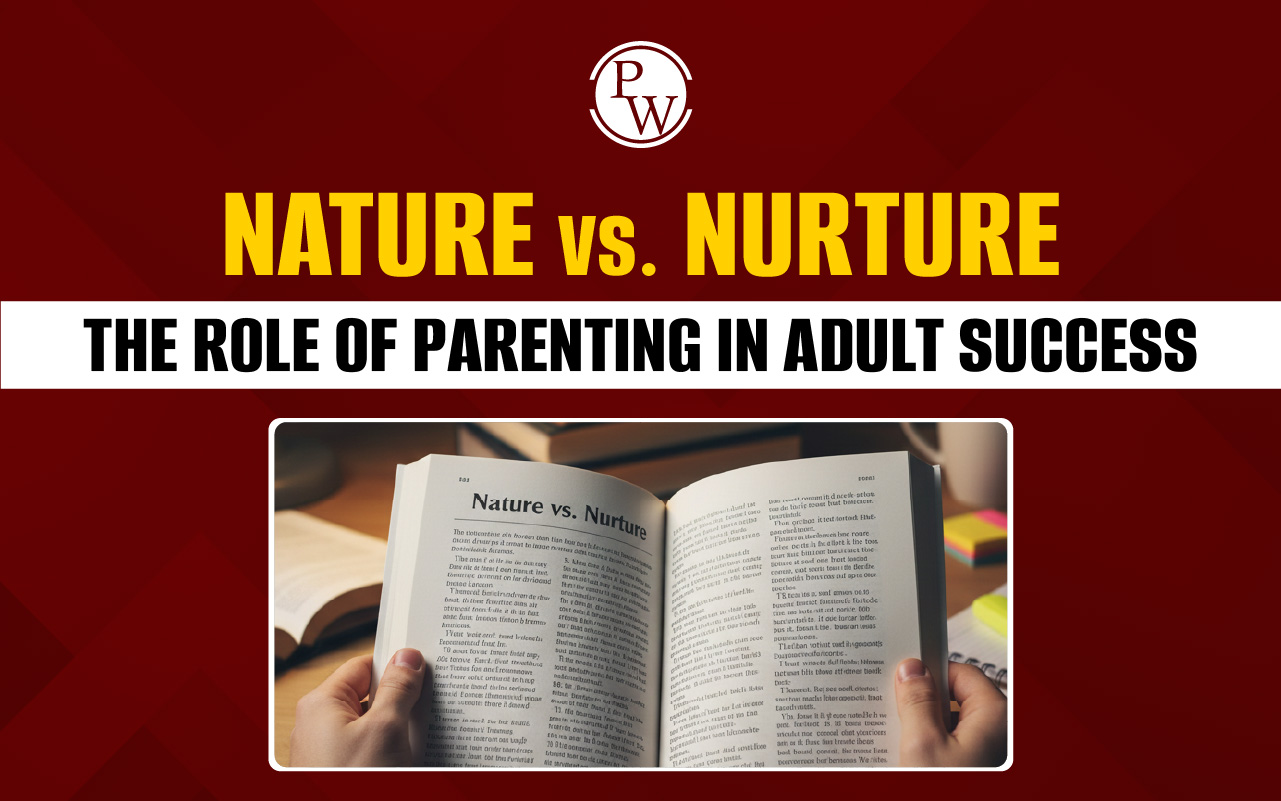
When the Tulip Bubble Burst Reading Answer: The IELTS Reading passage “When the Tulip Bubble Burst Reading Answer” explores the fascinating history of the Dutch tulip mania in the 17th century, highlighting the rise and dramatic fall of tulip prices. This passage includes a total of 14 questions categorized into Matching Information, True/False/Not Given, and Summary Completion types.
In this guide, we provide sample answers, tips, and strategies to help you understand the passage and improve your IELTS band score. Carefully go through the questions and answers to develop effective reading techniques and boost your confidence for the exam.
When the Tulip Bubble Burst Reading Answer Passage
When The Tulip Bubble Burst Reading Passage
Paragraph A: Tulips are spring-blooming perennials that grow from bulbs. Depending on the species, tulip plants can grow as short as 4 inches (10 cm) or as high as 28 inches (71 cm). The tulip’s large flowers usually bloom on scapes or sub-scapose stems that lack bracts. Most tulips produce only one flower per stem, but a few species bear multiple flowers on their scapes (e.g. Tulipa turkestanica). The showy, generally cup or star-shaped tulip flower has three petals and three sepals, which are often termed tepals because they are nearly identical. These six tepals are often marked on the interior surface near the bases with darker colorings. Tulip flowers come in a wide variety of colors, except pure blue (several tulips with “blue” in the name have a faint violet hue).
Paragraph B: Long before anyone ever heard of Qualcomm, CMGI, Cisco Systems, or the other high-tech stocks that have soared during the current bull market, there was Semper Augustus. Both more prosaic and more sublime than any stock or bond, it was a tulip of extraordinary beauty, its midnight-blue petals topped by a band of pure white and accented with crimson flares. To denizens of 17th century Holland, little was as desirable.
Paragraph C: Around 1624, the Amsterdam man who owned the only dozen specimens was offered 3,000 guilders for one bulb. While there’s no accurate way to render that in today’s greenbacks, the sum was roughly equal to the annual income of a wealthy merchant. (A few years later, Rembrandt received about half that amount for painting The Night Watch.) Yet the bulb’s owner, whose name is now lost to history, nixed the offer.
Paragraph D: Who was crazier, the tulip lover who refused to sell for a small fortune or the one who was willing to splurge. That’s a question that springs to mind after reading Tulip Mania: The Story of the World’s Most Coveted Flower and the Extraordinary Passions It Aroused by British journalist Mike Dash. In recent years, as investors have intentionally forgotten everything they learned in Investing 101 in order to load up on unproved, unprofitable dot-com issues, tulip mania has been invoked frequently. In this concise, artfully written account, Dash tells the real history behind the buzzword and in doing so, offers a cautionary tale for our times.
Paragraph E: The Dutch were not the first to go gaga over the tulip. Long before the first tulip bloomed in Europe—in Bavaria, it turns out, in 1559—the flower had enchanted the Persians and bewitched the rulers of the Ottoman Empire. It was in Holland, however, that the passion for tulips found its most fertile ground, for reasons that had little to do with horticulture.
Paragraph F: Holland in the early 17th century was embarking on its Golden Age. Resources that had just a few years earlier gone toward fighting for independence from Spain now flowed into commerce. Amsterdam merchants were at the centre of the lucrative East Indies trade, where a single voyage could yield profits of 400%. They displayed their success by erecting grand estates surrounded by flower gardens. The Dutch population seemed to have two contradictory impulses: a horror of living beyond one’s means and the love of a long shot.
Paragraph G: Enter the tulip. “It is impossible to comprehend the tulip mania without understanding just how different tulips were from every other flower known to horticulturists in the 17th century,” says Dash. “The colours they exhibited were more intense and more concentrated than those of ordinary plants.” Despite the outlandish prices commanded by rare bulbs, ordinary tulips were sold by the pound. Around 1630, however, a new type of tulip fancier appeared, lured by tales of fat profits. These “florists,” or professional tulip traders, sought out flower lovers and speculators alike. But if the supply of tulip buyers grew quickly, the supply of bulbs did not. The tulip was a conspirator in the supply squeeze: It takes seven years to grow one from seed. And while bulbs can produce two or three clones, or “offsets,” annually, the mother bulb only lasts a few years.
Paragraph H: Bulb prices rose steadily throughout the 1630s, as ever more speculators entered the market. Weavers and farmers mortgaged whatever they could to raise cash to begin trading. In 1633, a farmhouse in Hoorn changed hands for three rare bulbs. By 1636 any tulip—even bulbs recently considered garbage—could be sold off, often for hundreds of guilders. A futures market for bulbs existed, and tulip traders could be found conducting their business in hundreds of Dutch taverns. Tulip mania reached its peak during the winter of 1636-37, when some bulbs were changing hands ten times in a day. The zenith came early that winter, at an auction to benefit seven orphans whose only asset was 70 fine tulips left by their father. One, a rare Violetten Admirael van Enkhuizen bulb that was about to split in two, sold for 5,200 guilders, the all-time record. All told, the flowers brought in nearly 53,000 guilders.
Paragraph I: Soon after, the tulip market crashed utterly, spectacularly. It began in Haarlem, at a routine bulb auction when, for the first time, the greater fool refused to show up and pay. Within days, the panic had spread across the country. Despite the efforts of traders to prop up demand, the market for tulips evaporated. Flowers that had commanded 5,000 guilders a few weeks before now fetched one-hundredth that amount. Tulip mania is not without flaws. Dash dwells too long on the tulip’s migration from Asia to Holland. But he does a service with this illuminating, accessible account of incredible financial folly.
Paragraph J: Tulip mania differed in one crucial aspect from the dot-com craze that grips our attention today: Even at its height, the Amsterdam Stock Exchange, well-established in 1630, wouldn’t touch tulips. “The speculation in tulip bulbs always existed at the margins of Dutch economic life,” Dash writes. After the market crashed, a compromise was brokered that let most traders settle the debts for a fraction of then liability. The overall fallout on the Dutch economy was negligible. Will we say the same when Wall Street’s current obsession finally runs its course?
| IELTS Exam Important Links | |
|---|---|
| IELTS Reading Band Score | IELTS Listening Band Score |
| IELTS Speaking Band Score | IELTS Writing Band Score |
When the Tulip Bubble Burst Reading Answer Sample Questions
Questions 1–5
The Reading Passage has nine paragraphs A–I.
Which paragraph contains the following information?
Write the correct letter A–I in boxes 1–5 on your answer sheet.
-
The financial and economic state of Holland during the tulip mania period.
-
The origins of the tulip before it became popular in Europe.
-
The crash of the tulip market and its impact on traders and the economy.
-
The unique characteristics of tulips that made them desirable in the 17th century.
-
An example of a specific tulip bulb that was highly valued.
Questions 6–10
Do the following statements agree with the information given in the Reading Passage?
In boxes 6–10 on your answer sheet, write:
-
TRUE – if the statement is true
-
FALSE – if the statement is false
-
NOT GIVEN – if the information is not given in the passage
-
Tulips were first introduced to Europe from the Ottoman Empire.
-
All tulips in 17th century Holland were sold at high prices.
-
The Amsterdam Stock Exchange was heavily involved in tulip trading.
-
The tulip market crash affected the overall Dutch economy severely.
-
The rarest tulip bulbs were only available to wealthy merchants.
Questions 11–14
Complete the following summary of the paragraphs of the Reading Passage.
Write NO MORE THAN TWO WORDS from the Reading Passage for each answer.
Write your answers in boxes 11–14 on your answer sheet.
During the 17th century, tulips became highly desirable due to their unique and intense (11) __________. The high demand for tulips led to speculation, with traders mortgaging their (12) __________ to raise cash. A futures market for bulbs emerged, and trading took place in Dutch (13) __________. However, the tulip market crashed when buyers stopped showing up, and traders had to settle their debts through a (14) __________.
When the Tulip Bubble Burst Reading Answer with Explanations
1. The financial and economic state of Holland during the tulip mania period.
-
Answer: F
-
Location: Paragraph F
-
Reference: "Holland in the early 17th century was embarking on its Golden Age. Resources that had just a few years earlier gone toward fighting for independence from Spain now flowed into commerce."
-
Explanation: This paragraph discusses the economic background of Holland during the tulip mania period, highlighting the country's wealth and trading success.
2. The origins of the tulip before it became popular in Europe.
-
Answer: E
-
Location: Paragraph E
-
Reference: "The Dutch were not the first to go gaga over the tulip. Long before the first tulip bloomed in Europe... the flower had enchanted the Persians and bewitched the rulers of the Ottoman Empire."
-
Explanation: This paragraph mentions the origins of tulips, stating that they were popular in Persia and the Ottoman Empire before reaching Europe.
3. The crash of the tulip market and its impact on traders and the economy.
-
Answer: I
-
Location: Paragraph I
-
Reference: "Soon after, the tulip market crashed utterly, spectacularly... the market for tulips evaporated. Flowers that had commanded 5,000 guilders a few weeks before now fetched one-hundredth that amount."
-
Explanation: This paragraph describes the market crash and its immediate effect on traders and prices.
4. The unique characteristics of tulips that made them desirable in the 17th century.
-
Answer: G
-
Location: Paragraph G
-
Reference: "The colours they exhibited were more intense and more concentrated than those of ordinary plants."
-
Explanation: This paragraph explains why tulips were particularly attractive and valuable due to their vibrant colors and patterns.
5. An example of a specific tulip bulb that was highly valued.
-
Answer: B
-
Location: Paragraph B
-
Reference: "Both more prosaic and more sublime than any stock or bond, it was a tulip of extraordinary beauty, its midnight-blue petals topped by a band of pure white and accented with crimson flares."
-
Explanation: This paragraph describes the rare and valuable tulip called Semper Augustus.
6. Tulips were first introduced to Europe from the Ottoman Empire.
-
Answer: TRUE
-
Location: Paragraph E
-
Reference: "Long before the first tulip bloomed in Europe... the flower had enchanted the Persians and bewitched the rulers of the Ottoman Empire."
-
Explanation: The passage confirms that tulips originated from the Ottoman Empire before reaching Europe.
7. All tulips in 17th century Holland were sold at high prices.
-
Answer: FALSE
-
Location: Paragraph G
-
Reference: "Despite the outlandish prices commanded by rare bulbs, ordinary tulips were sold by the pound."
-
Explanation: The passage states that only rare bulbs were sold at high prices, not all tulips.
8. The Amsterdam Stock Exchange was heavily involved in tulip trading.
-
Answer: FALSE
-
Location: Paragraph J
-
Reference: "Even at its height, the Amsterdam Stock Exchange, well-established in 1630, wouldn’t touch tulips."
-
Explanation: The passage clearly mentions that the Stock Exchange avoided tulip trading.
9. The tulip market crash affected the overall Dutch economy severely.
-
Answer: FALSE
-
Location: Paragraph J
-
Reference: "The overall fallout on the Dutch economy was negligible."
-
Explanation: The passage explicitly states that the crash had little effect on the broader Dutch economy.
10. The rarest tulip bulbs were only available to wealthy merchants.
-
Answer: NOT GIVEN
-
Location: Not mentioned
-
Reference: N/A
-
Explanation: The passage discusses the high prices of rare tulips but does not state that only wealthy merchants had access to them.
11. During the 17th century, tulips became highly desirable due to their unique and intense
-
Answer: colours
-
Location: Paragraph G
-
Reference: "The colours they exhibited were more intense and more concentrated than those of ordinary plants."
-
Explanation: The passage highlights the vibrant colors of tulips as a key factor in their appeal.
12. The high demand for tulips led to speculation, with traders mortgaging their
-
Answer: property
-
Location: Paragraph H
-
Reference: "Weavers and farmers mortgaged whatever they could to raise cash to begin trading."
-
Explanation: The passage mentions that people mortgaged their property to invest in tulip trading.
13. A futures market for bulbs emerged, and trading took place in Dutch
-
Answer: taverns
-
Location: Paragraph H
-
Reference: "A futures market for bulbs existed, and tulip traders could be found conducting their business in hundreds of Dutch taverns."
-
Explanation: The passage states that tulip trading was done in taverns.
14. However, the tulip market crashed when buyers stopped showing up, and traders had to settle their debts through a
-
Answer: compromise
-
Location: Paragraph J
-
Reference: "A compromise was brokered that let most traders settle the debts for a fraction of their liability."
-
Explanation: The passage confirms that a compromise allowed traders to reduce their debts after the market crash.
Also Read:
- Should You Use All Capital Letters in the IELTS Listening and Reading Tests
- IELTS Reading Mistakes
- How to Improve IELTS Reading Score
- How to Manage Time in IELTS Reading
Guidance of PW IELTS
Physics Wallah offers multiple online IELTS courses for all students. Follow the IELTS pages to better prepare for the exam.
| What is IELTS Exam? | Documents Required for IELTS Registration |
| IELTS exam eligibility requirements | IELTS Exam Fees |
| IELTS test results | IELTS Exam Pattern |
When the Tulip Bubble Burst Reading Answer FAQs
What caused the tulip market crash in 17th century Holland?
Why were tulips so valuable during the 17th century?
How did the tulip mania impact the Dutch economy?
Did the Amsterdam Stock Exchange play a role in the tulip trade?
How long did it take to grow a tulip from seed?










